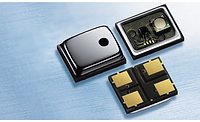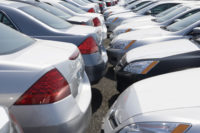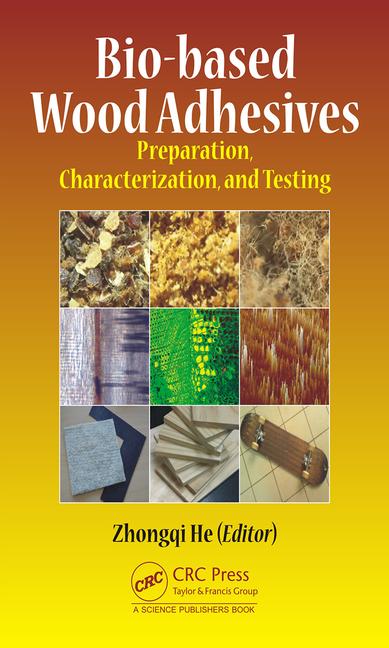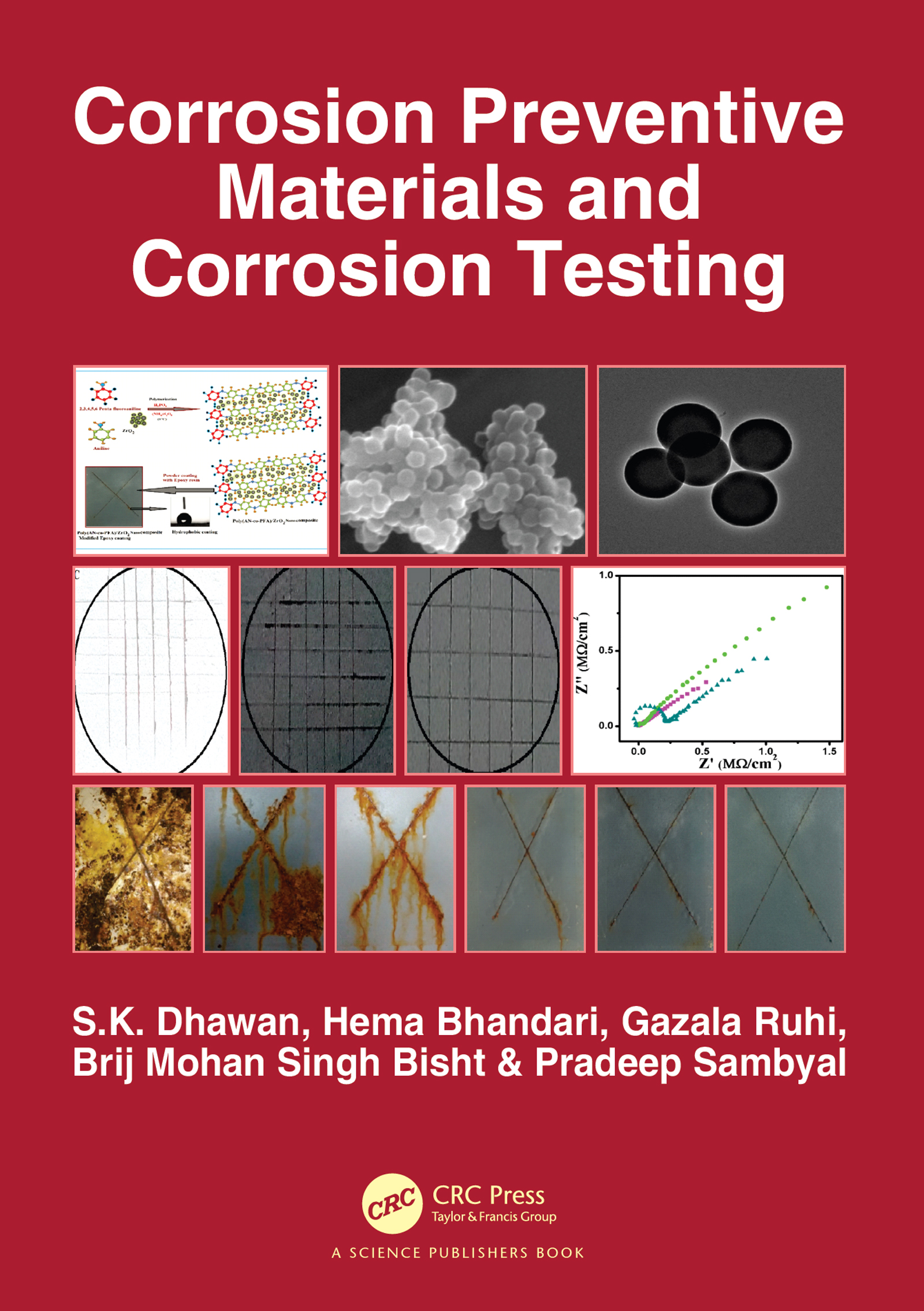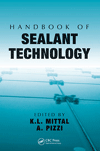Ford Tripling Autonomous Vehicle Development Fleet, Accelerating On-Road Testing of Sensors and Software
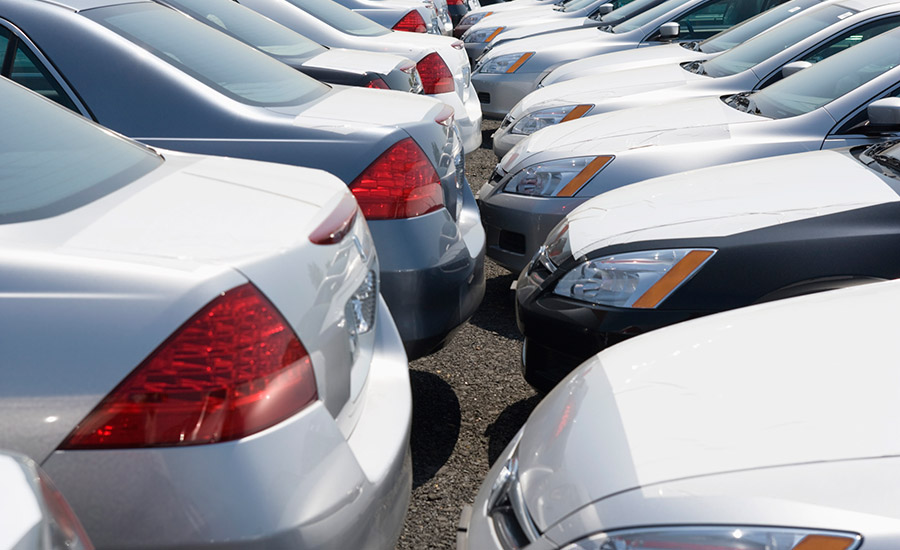
Ford recently announced it is tripling its fleet of fully autonomous Ford Fusion Hybrid test vehicles—reportedly making it the largest in the automotive industry—and will use a new-generation sensor technology as the company further accelerates its autonomous vehicle development plans. This year, Ford will add 20 Fusion Hybrid autonomous vehicles, bringing the company’s autonomous fleet to about 30 vehicles being tested on roads in California, Arizona and Michigan.
“Using the most advanced technology and expanding our test fleet are clear signs of our commitment to make autonomous vehicles available for millions of people,” said Raj Nair, executive vice president of Global Product Development and chief technical officer. “With more autonomous vehicles on the road, we are accelerating the development of software algorithms that serve to make our vehicles even smarter.”
Ford recently announced its fully autonomous cars will take to the streets of California this year. The company already tests autonomous vehicles at its proving grounds, as well as on public roads in Michigan. Ford was the first automaker to test a fully autonomous vehicle at Mcity, a 32-acre, full-scale simulated real-world urban environment at the University of Michigan.
Ford is using Velodyne’s newest LiDAR sensors, Solid-State Hybrid Ultra PUCK™ Auto, on its third-generation autonomous vehicle platform. Solid-State Hybrid Ultra PUCK Auto sensors reportedly have a longer range of 200 m, making them the first auto-specific LiDAR sensors capable of handling different driving scenarios. Ultra Puck may accelerate the development and validation of Ford’s virtual driver software, which serves as the decision-making brain that directs vehicle systems.
Solid-State Hybrid Ultra PUCK Auto’s lightweight, sleek design makes it optimal for packaging on a vehicle, such as on the sideview mirror. The design means Ford can reduce the amount of LiDAR sensors from four to two on new Fusion Hybrid autonomous vehicles, and get as much useful data due to the more targeted field of view.
“Adding the latest generation of computers and sensors, including the smaller and more affordable Solid-State Hybrid Ultra PUCK Auto sensors, helps bring Ford ever closer to having a fully autonomous vehicle ready for production,” said Jim McBride, technical leader for autonomous vehicles.
Third-generation autonomous Fusion Hybrid sedans will have supplemental features and duplicate wiring for power, steering, and brakes. These supplemental features will act as backups, if needed.
Ford’s autonomous journey. The objective of the second-generation vehicle fleet is to test many of the computing and sensor components required to achieve fully autonomous driving capability, as defined by SAE International Level 4, which does not require the driver to intervene and take control of the vehicle.
For more information, visit www.ford.com.
Looking for a reprint of this article?
From high-res PDFs to custom plaques, order your copy today!



